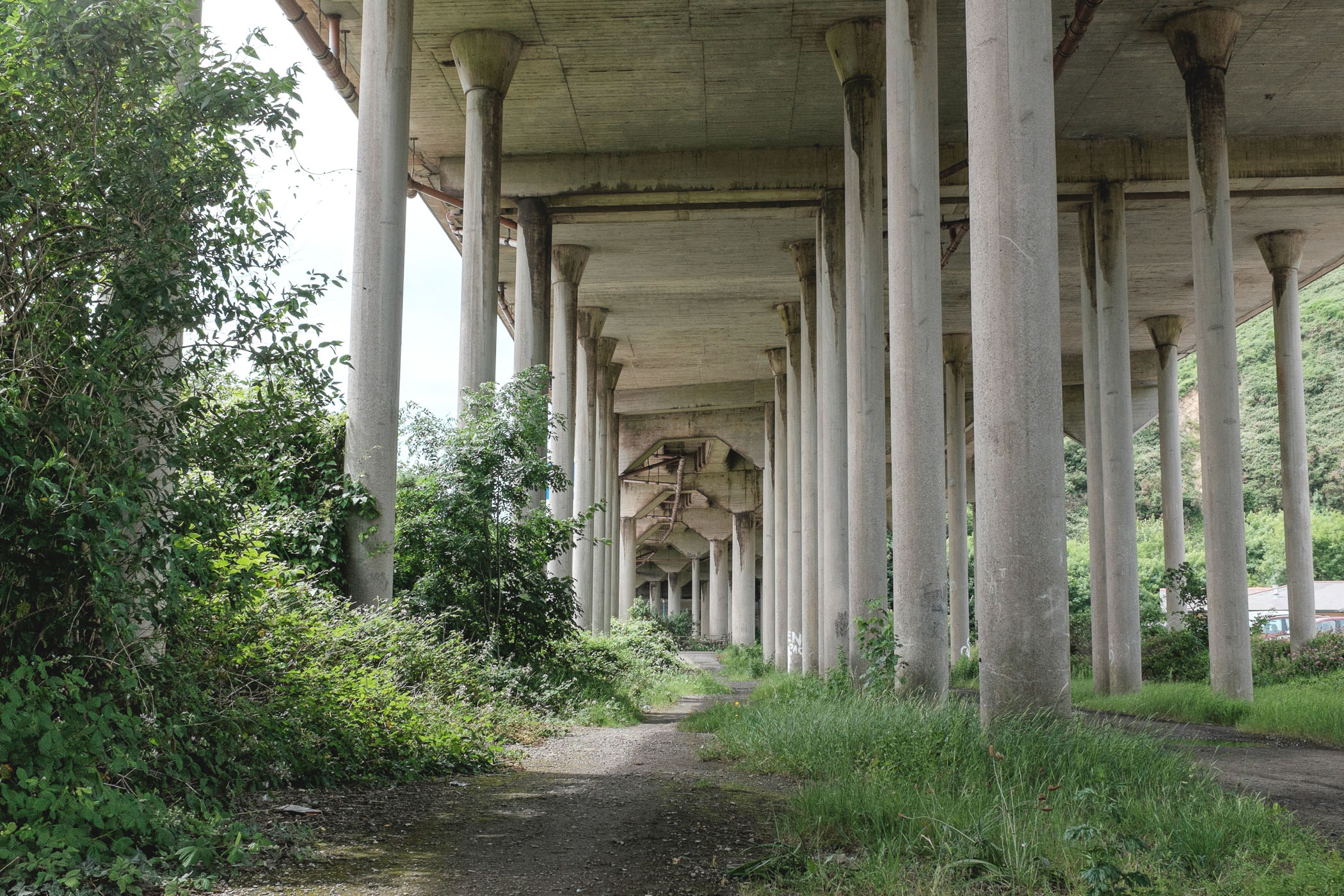Bypassed: The Effects of the M4 Motorway on a Welsh Industrial Town
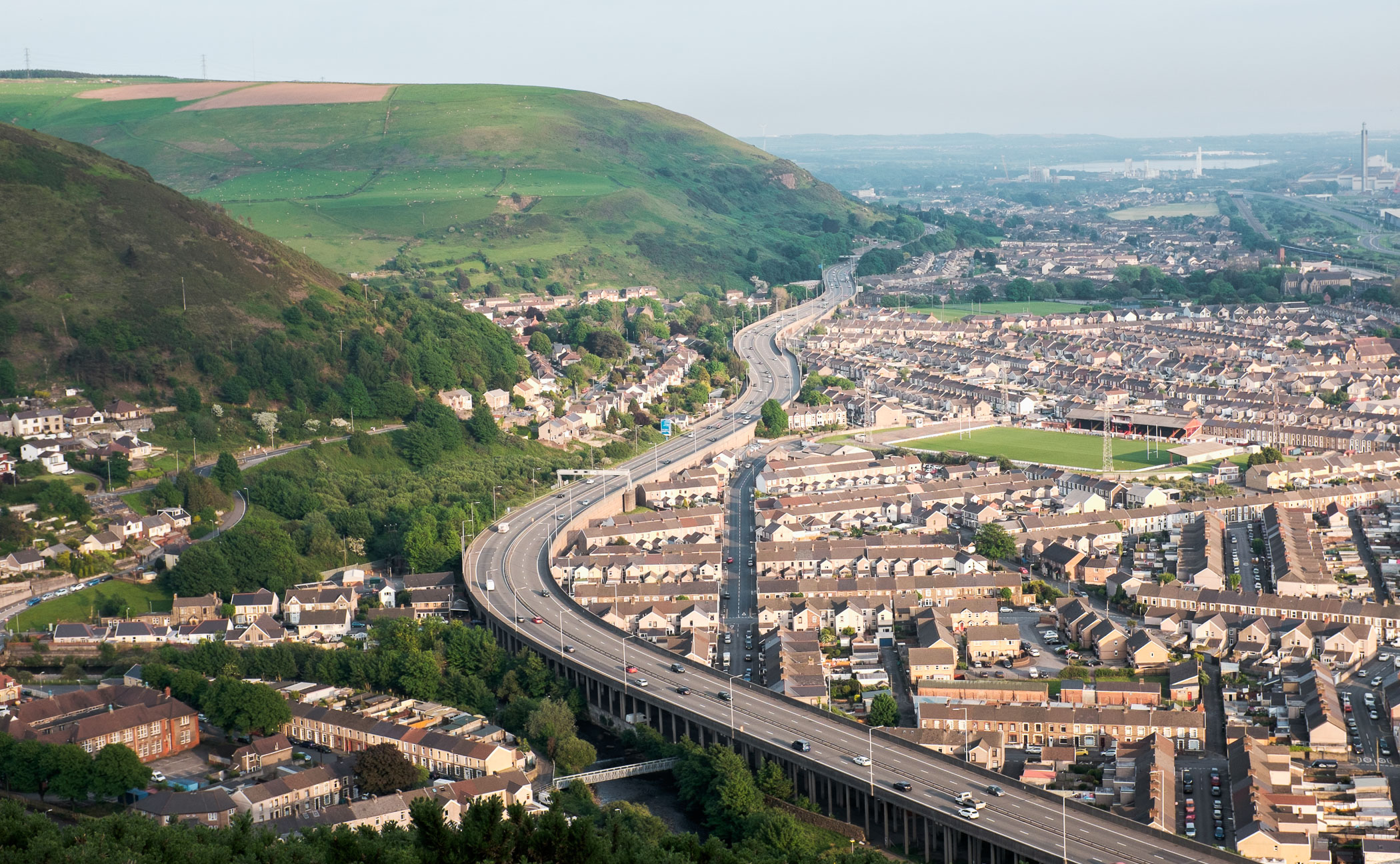
GUEST POST FEATURE
Write Your Articles Directly On FujiRumors!
guest post by Nick St.Oegger stoeggerphotography.com + www.ptbypassed.com + Instagram @aquietamerican, or Twitter: @NickStOegger
My name is Nick St.Oegger, I’m a documentary photographer from California.
I recently completed my major project as part of a Master’s degree in Documentary Photography at the University of Westminster in London. I was part of a collective who traveled to Port Talbot, Wales to produce different stories about the town, which has been in a state of crisis since the owners of the nearby steel plant announced plans to sell off all their UK assets last spring.
I shot the entire project using an X100T I recently acquired after my Leica was stolen.
Despite an initial hesitation based on previous experiences with the first X100 and early Fuji X cameras, I found the camera an absolute delight to use for the project in terms its light weight and beautiful color output. The whole multimedia piece can be viewed at: www.ptbypassed.com
The Port Talbot Bypass was Wales’ first motorway and the first part of what would become the larger M4. Conceived in the 1930s but finished in 1994, the M4 provided a much-needed economic link between England and the historically depressed south of Wales. It served as a major upgrade to the previous main route between the two countries, the A48, which offered motorists a slow, often perilous journey along winding roads. When the 4.5 mile long stretch was opened in 1966, the town was still experiencing a boom period due to the nearby steelworks, which employed close to 20,000 people. Issues with traffic had been worsening due to an increase in motorists and a growing shift to road based shipping routes. Traffic jams through Port Talbot were a common sight, made worse by a railway crossing that periodically halted traffic, making simple trips across town burdensome.
Push READ MORE to Read & See the Rest of the Story
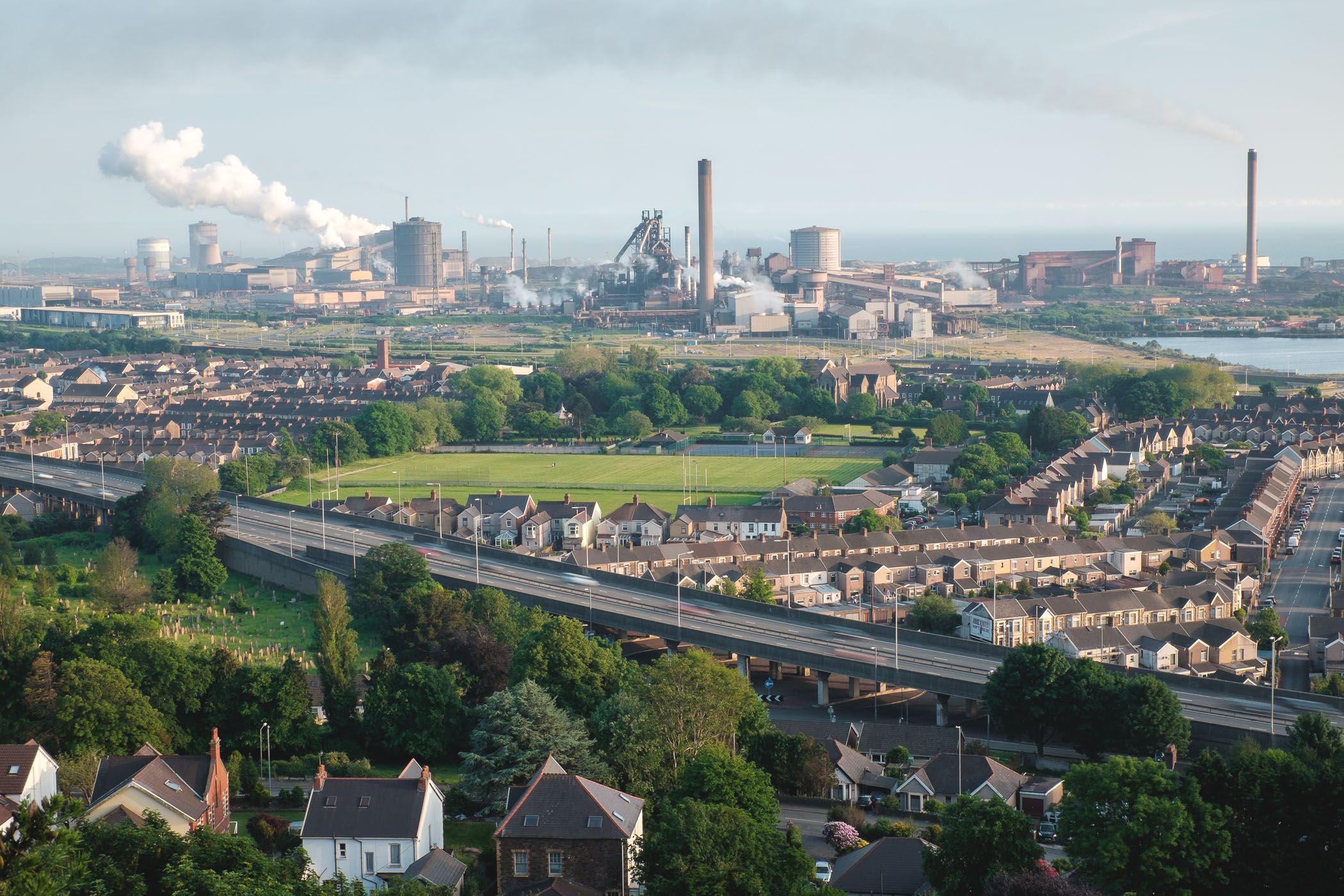
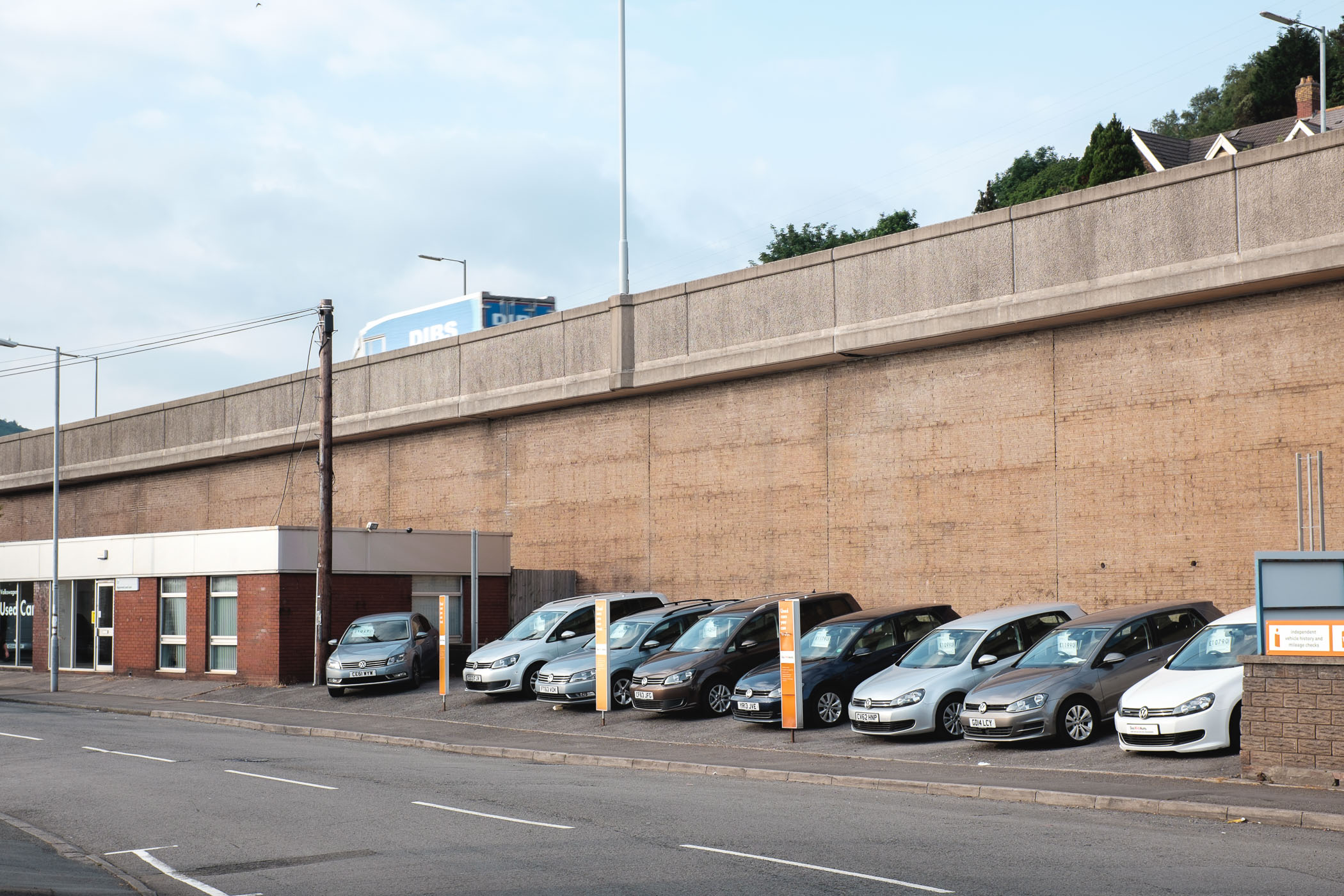
Thus, the bypass initially proved to be a miracle for dispersing traffic and speeding up trips between Cardiff and Swansea. Over 400 men had toiled since 1963 to meet the deadline set by the Welsh Office, coinciding with the 1966 Royal National Festival, held in Aberavon. Partially rising over the town on pillars, the bypass was hailed as a major engineering achievement for Wales, even thought to one day become a tourist attraction. Behind the fanfare laid the fact that over 200 houses, three churches and several schools had been destroyed to make way for the motorway. Despite the advances, the bypass has left a lasting effect on the physical and psychological landscape of Port Talbot.


In the years following the opening of the bypass those living near it had to adjust to the realities of their new situation. Noise and pollution levels were elevated, as well as incidents of tires and other parts falling from over the motorway’s edge. While some improvements were made to raise the motorway barrier to increase safety levels and reduce noise, they were slow coming. While initially accepting the situation as necessary for progress, residents fought for the installation of double glazed windows or compensation from the Welsh Office, during the late 1980s reconstruction work. These requests were subsequently denied, with any housing improvements being left to owners and tenants.


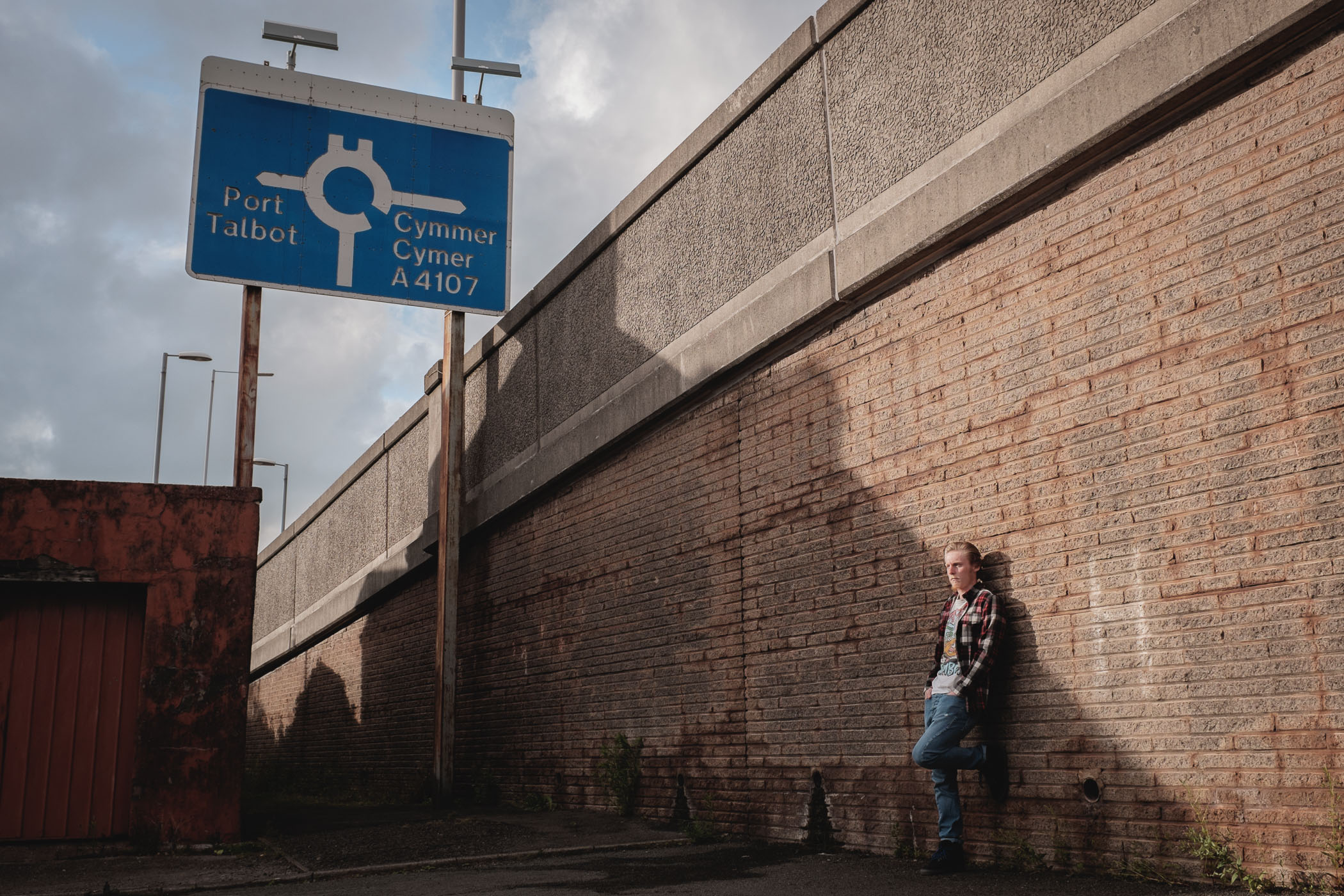
Today Port Talbot remains forever changed from the town it was during the boom of the 1950s and 1960s. As the M4 expanded, more motorists began to simply drive around the town rather than through it. Within several years businesses along the old high street and town centre began to close due to the lack of business from passing motorists. Additionally, as construction continued on stretches of the M4 in the 1970s, much of the town centre of Port Talbot was destroyed and repurposed, leaving little of what residents had known before to be a bustling community centre. The short sightedness of certain design features in the motorway also began to appear, as the cost saving two lane sections soon grew congested. While most will only ever see Port Talbot from above, residents must still confront signs of the motorway’s effect on their town on a daily basis.
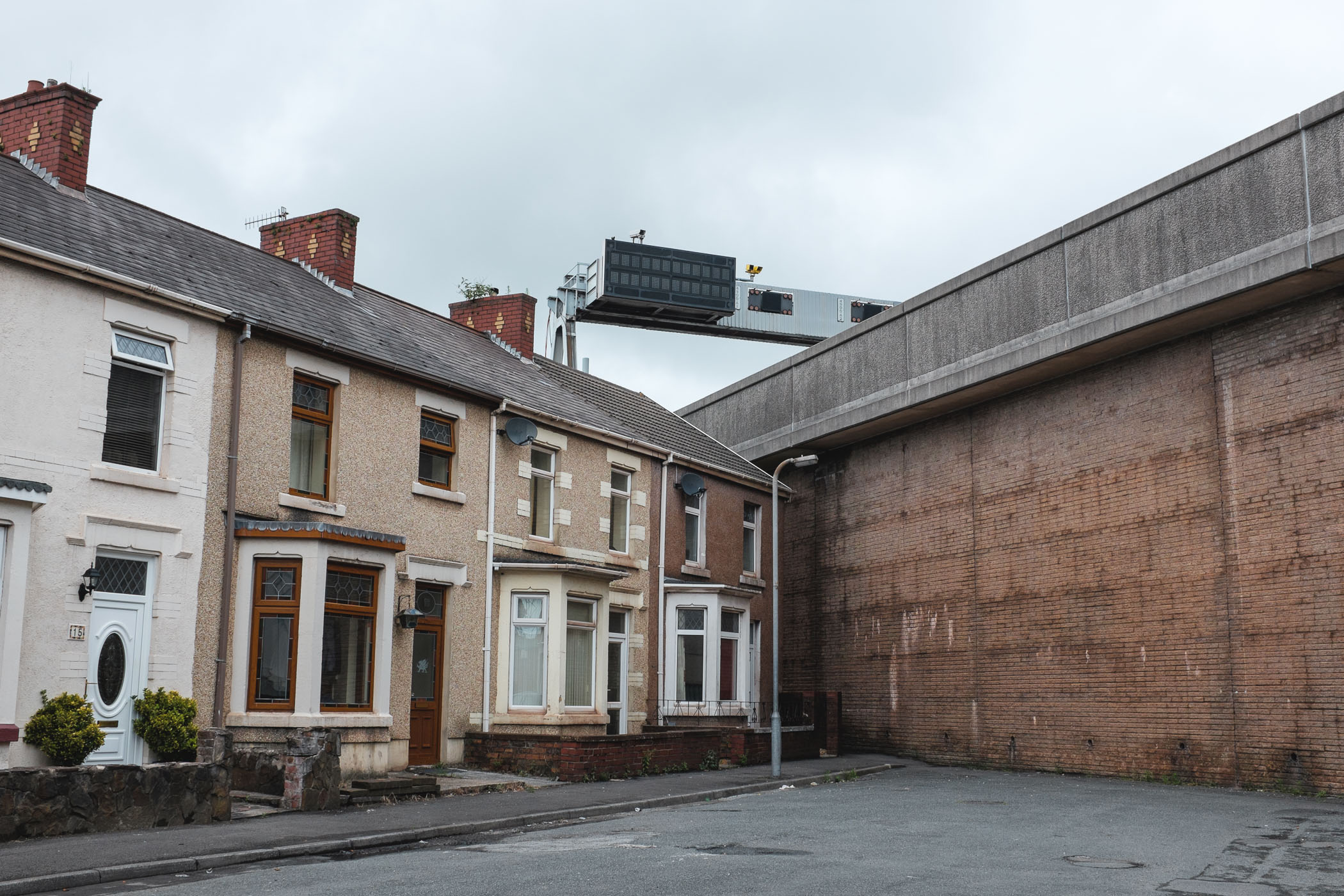


In March 2016 Tata Steel, who currently operate the steelworks, announced plans to sell their entire UK operations. The move potentially threatens the remaining 4000 jobs at the steelworks, the loss of which would be catastrophic for the economy of Port Talbot. Negotiations for a new buyer are currently stalled, leaving the future of Port Talbot’s steel industry and the town itself shrouded in uncertainty. The closure of the steelworks could mean the final step in a complete transformation for Port Talbot, taking it from a bustling icon of mid-century progress to a virtual ghost town. To drive the M4 in south Wales is to experience one of the most important technological achievements in its post-war history. Yet the town where it started, the gleaming icon of industrial strength, remains literally and metaphorically bypassed.
You can view more of my work at stoeggerphotography.com Follow me on Instagram @aquietamerican, or Twitter: @NickStOegger
